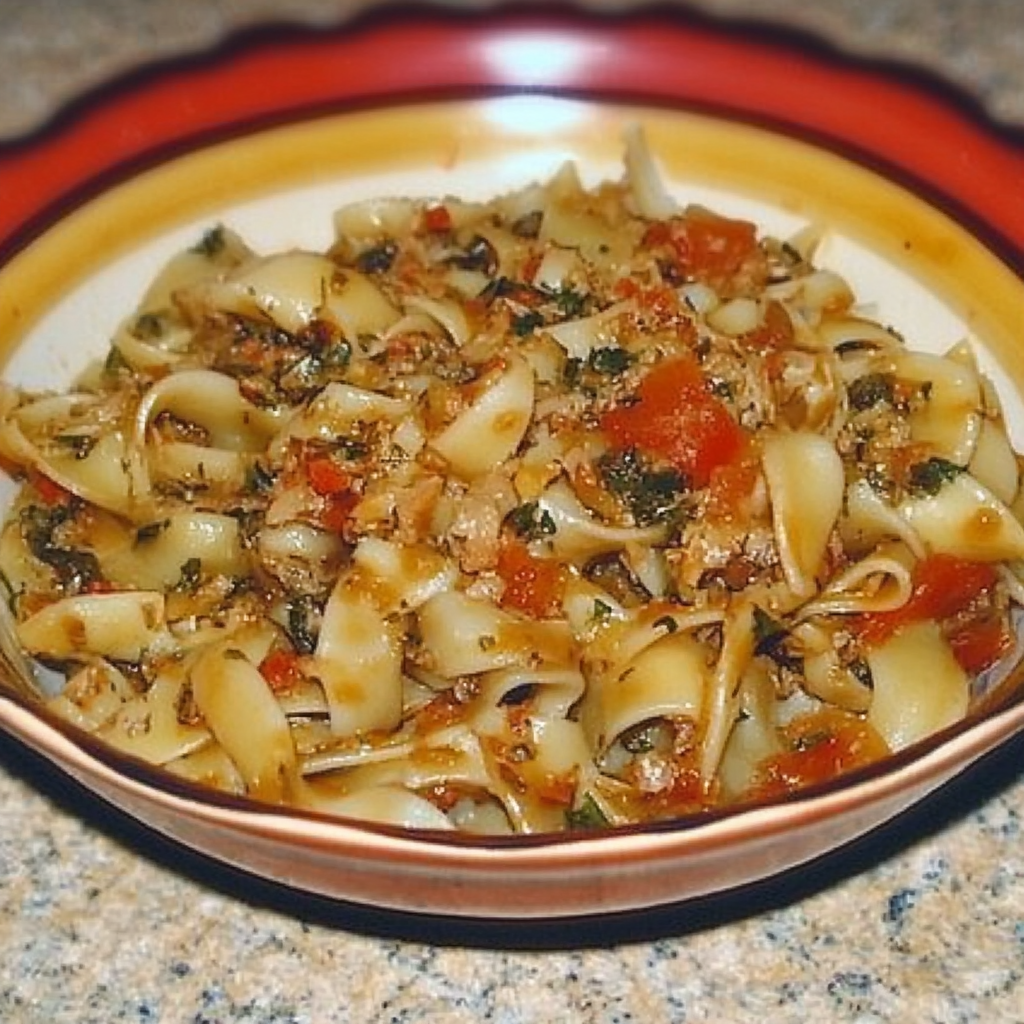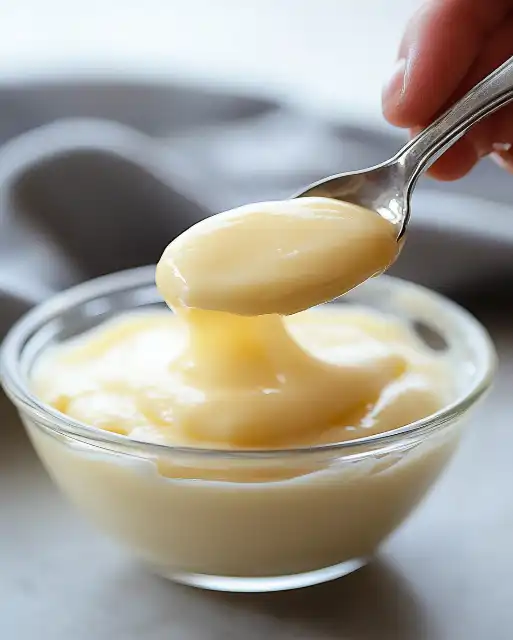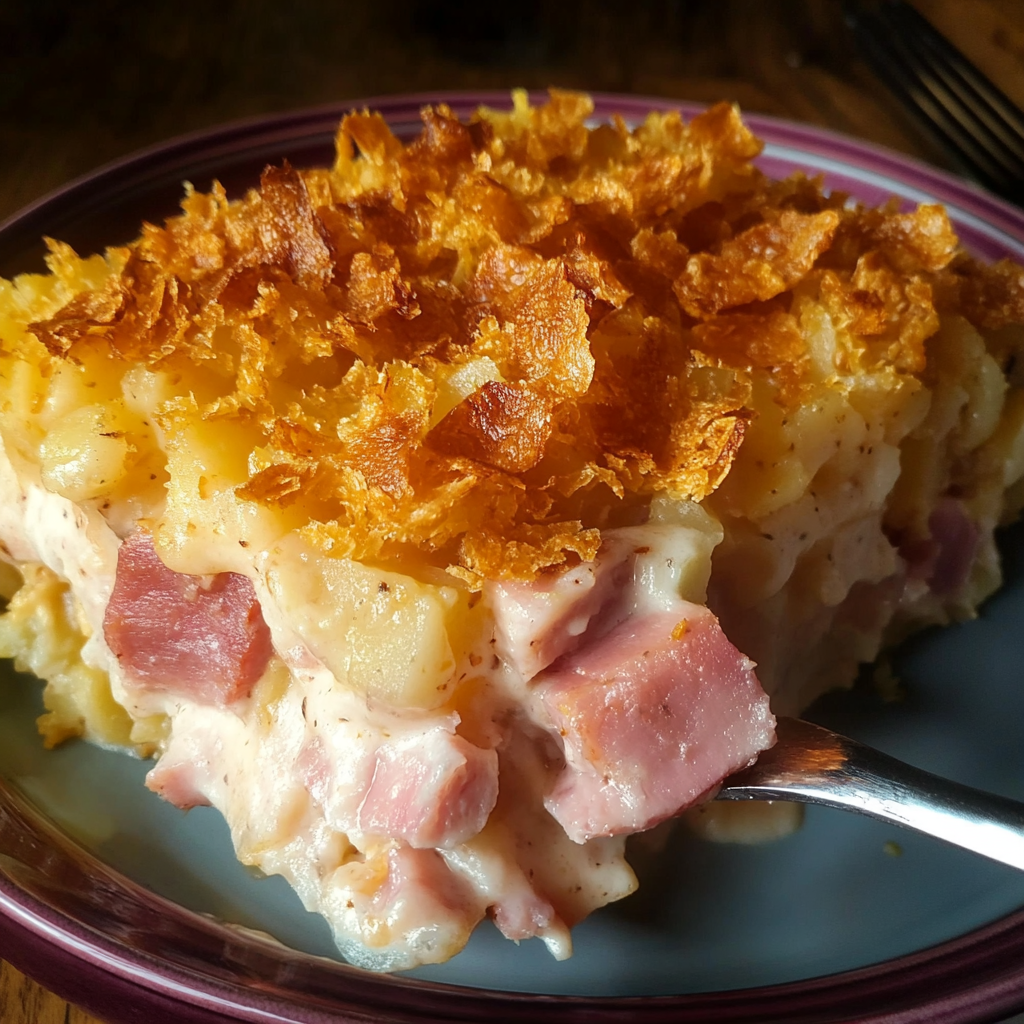Italian Drunken Noodles: A Fusion of Bold Italian and Thai Flavors
Introduction
Italian Drunken Noodles is a vibrant and delicious fusion dish that combines the rich flavors of Italian cuisine with the bold and spicy notes of Thai cooking. With ingredients like spicy Italian sausage, bell peppers, and a robust wine-infused sauce, this dish offers a unique twist on traditional pasta. Whether you’re looking for a quick weeknight meal or an impressive dinner party dish, Italian Drunken Noodles is sure to be a hit.
For a creamy and comforting dish to pair with your noodles, check out this Crockpot Potato Soup with Hashbrowns. It’s a perfect starter for any meal!
Why You Should Try Italian Drunken Noodles
This dish is not just a feast for the taste buds but also for the eyes. The vibrant colors of bell peppers and the aromatic herbs add visual appeal, while the combination of Italian sausage and wine elevates the flavor profile. Plus, it’s a versatile dish that can be easily customized with your favorite vegetables, meats, or even pasta alternatives like zucchini noodles.
For another Italian-inspired comfort food, explore this Slow Cooker Baked Ziti—a no-fuss, hearty meal perfect for busy nights.
Ingredients and Nutritional Information
To make Italian Drunken Noodles, you’ll need:
- Pasta: Pappardelle or fettuccine are ideal for their wide, flat shape, but any pasta will do.
- Italian Sausage: Spicy or mild, depending on your preference.
- Bell Peppers and Onions: For color and sweetness.
- Garlic and Fresh Basil: Essential for that Italian flair.
- Crushed Tomatoes and Wine: Forms the base of the rich, flavorful sauce.
- Optional Ingredients: Red pepper flakes, Parmesan cheese, or olives for added flavor.
Nutritionally, this dish is high in protein and carbohydrates, making it a satisfying meal. For a lighter version, use whole wheat pasta and leaner sausage, and reduce the amount of cheese and oil used.
For more detailed nutritional information on ingredients like bell peppers, visit this guide on the nutritional benefits of bell peppers.
Step-by-Step Guide to Making Italian Drunken Noodles
1. Preparing the Ingredients
Slice the sausage and chop the vegetables. In a large skillet, cook the sausage over medium heat until browned. Add the garlic, bell peppers, and onions, and sauté until softened.
2. Making the Sauce
Add crushed tomatoes and a splash of wine to the skillet. Let it simmer until the sauce thickens. Season with salt, pepper, and red pepper flakes if desired.
3. Cooking the Pasta
While the sauce is simmering, cook the pasta in a pot of salted boiling water until al dente. Drain and set aside.
4. Combining and Serving
Toss the cooked pasta with the sauce until well coated. Serve immediately, garnished with fresh basil and a sprinkle of Parmesan cheese.
For more tips on choosing the right wine for cooking, check out this guide on choosing the best wine for cooking.
Creative Variations of Italian Drunken Noodles
This dish is incredibly versatile. Here are some ideas to make it your own:
- Vegetarian Option: Replace the sausage with plant-based alternatives or extra vegetables like mushrooms and zucchini.
- Seafood Twist: Add shrimp or scallops instead of sausage for a lighter, seafood-inspired dish.
- Low-Carb Option: Use zucchini noodles or spaghetti squash instead of traditional pasta for a healthier alternative.
Serving Suggestions and Pairings
Pair Italian Drunken Noodles with complementary sides and beverages to create a complete meal:
- Sides: Garlic bread, Caesar salad, or roasted vegetables are great choices.
- Dips and Sauces: Serve with extra marinara or a side of garlic aioli for added flavor.
- Beverages: A light Pinot Grigio or a robust Chianti pairs well with the dish’s rich flavors.
For a delightful dessert to end the meal, try this Dorito Chicken Casserole for a crunchy, cheesy finish!
Frequently Asked Questions (FAQs)
- Can I use a different type of pasta?
Yes, any pasta shape can work, but wider noodles like pappardelle or fettuccine are preferred for soaking up the sauce. - What type of wine is best for this dish?
Both red and white wines work well. Red wine adds depth and richness, while white wine offers a lighter, more acidic flavor. - How can I make this dish less spicy?
Use mild sausage and omit the red pepper flakes for a milder version. - Can I make this dish gluten-free?
Absolutely! Just use gluten-free pasta and ensure that the sausage and other ingredients are also gluten-free. - How long can I store leftovers?
Leftovers can be stored in an airtight container in the refrigerator for up to three days. Reheat on the stove or in the microwave.
Nutritional Benefits and Health Considerations
Italian Drunken Noodles can be made healthier by using whole wheat pasta and increasing the vegetable content. Opting for leaner sausage and reducing the amount of wine and cheese can also help lower the calorie count.
Conclusion
Italian Drunken Noodles is a perfect example of how different culinary traditions can come together to create something truly special. With its bold flavors, easy preparation, and customizable ingredients, it’s a dish that’s sure to become a favorite in your household.



